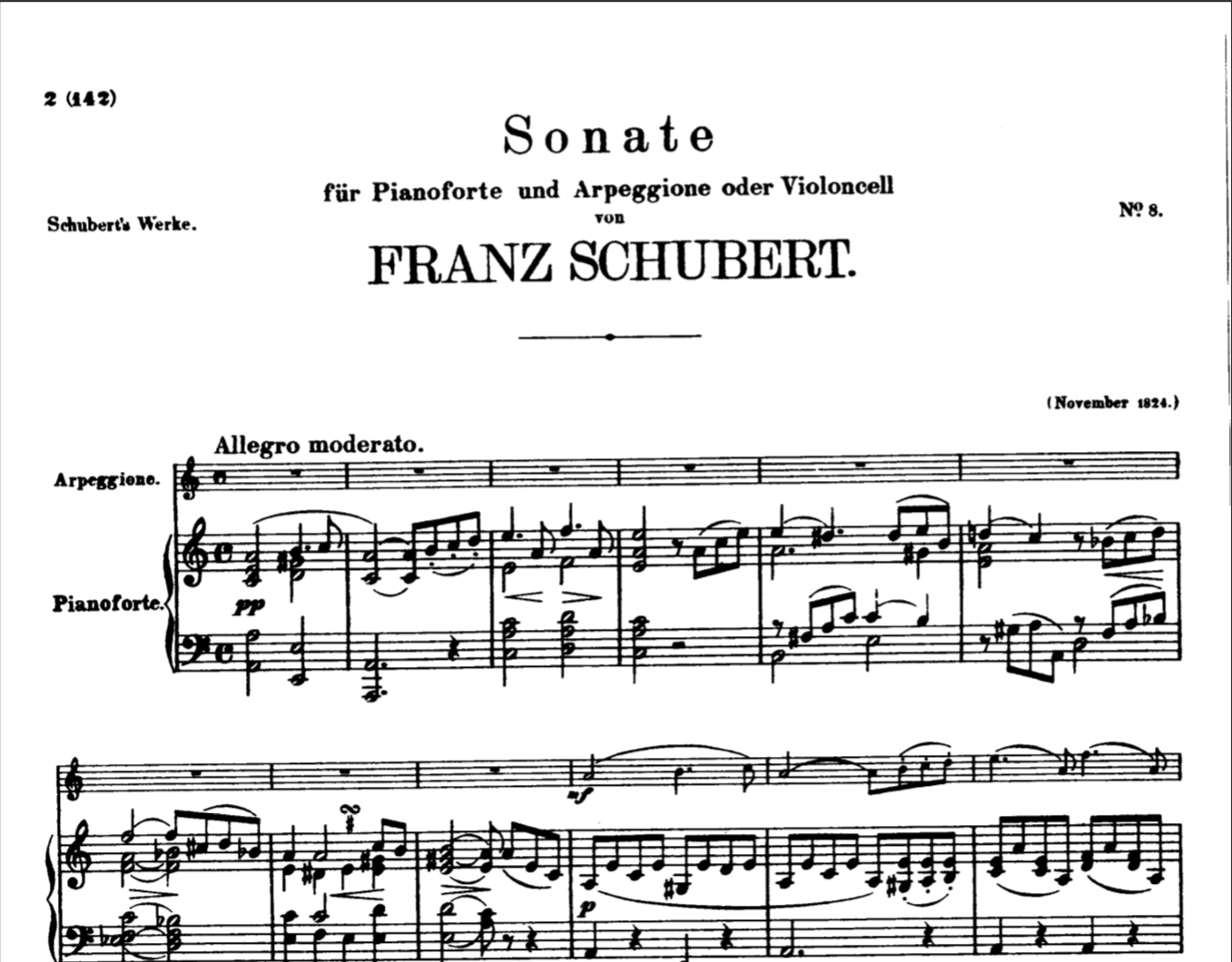As you already know, one of the first arpeggione was made by the Viennese guitar maker Johann Stauffer for the experimental guitarist, Vincent Schuster. This is a well-known story.
( https://en.wikipedia.org/wiki/Arpeggione )
After that some more similar instruments were made. They differed somewhat in shape and size.
For a while the new instrument was popular. But then what happened and why did no one remember the arpeggionе for 150 years?
I will offer my view of this.
The first thing to note is the personality of the master himself. Johann Stauffer was a creator, an experimenter, a designer, an innovator. It is difficult for such people to keep one project in focus for a long time. It is wonderful to have trainees and followers. I’m sure that if more instruments had been made then, the fate of the arpeggione might have been very different.
Also any business needs marketing. Stauffer clearly had no business acumen. At the end of his life, his workshop was taken from him for debt. Sad but true.
But one of his trainees had a talent for business. It was Christian Frederick Martin. He later went to the USA and founded the company “Martin&Co”. The first model of this manufactory is very similar to Stauffer’s unique “Vienna Guitar” model. You can read more about this in this article. http://www.earlymartin.com/stauffer.html
Who knows if Martin would have liked the arpeggione more than the guitar and seen the potential in it? It would have changed the whole history of music.
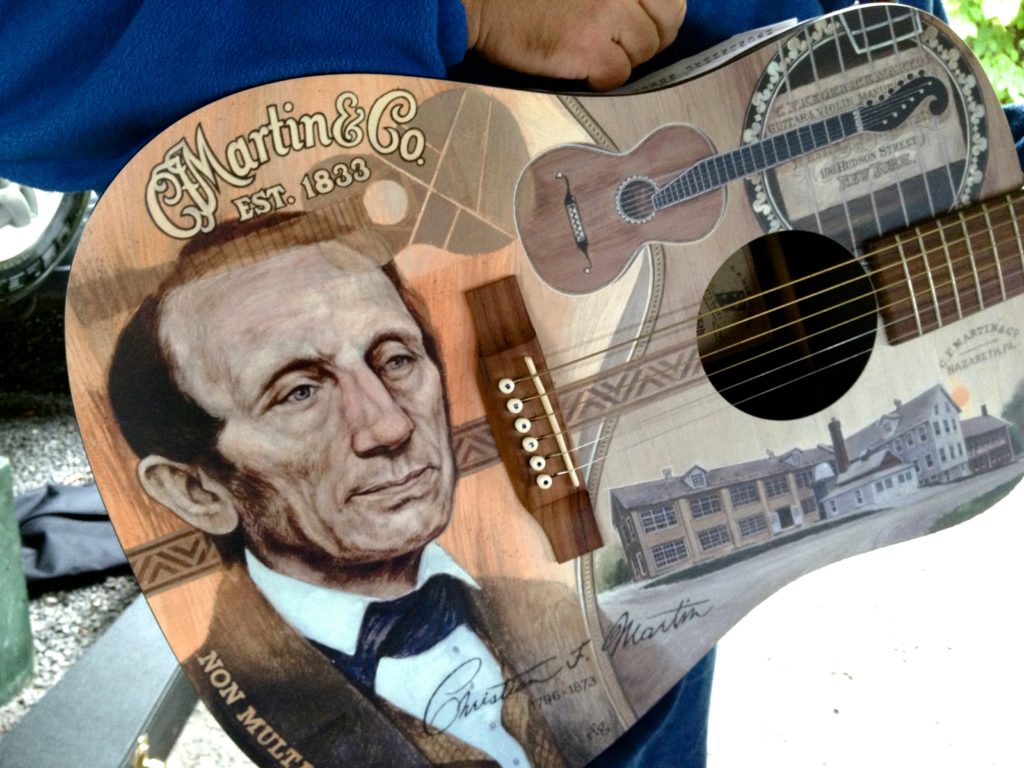
Christian Frederick Martin
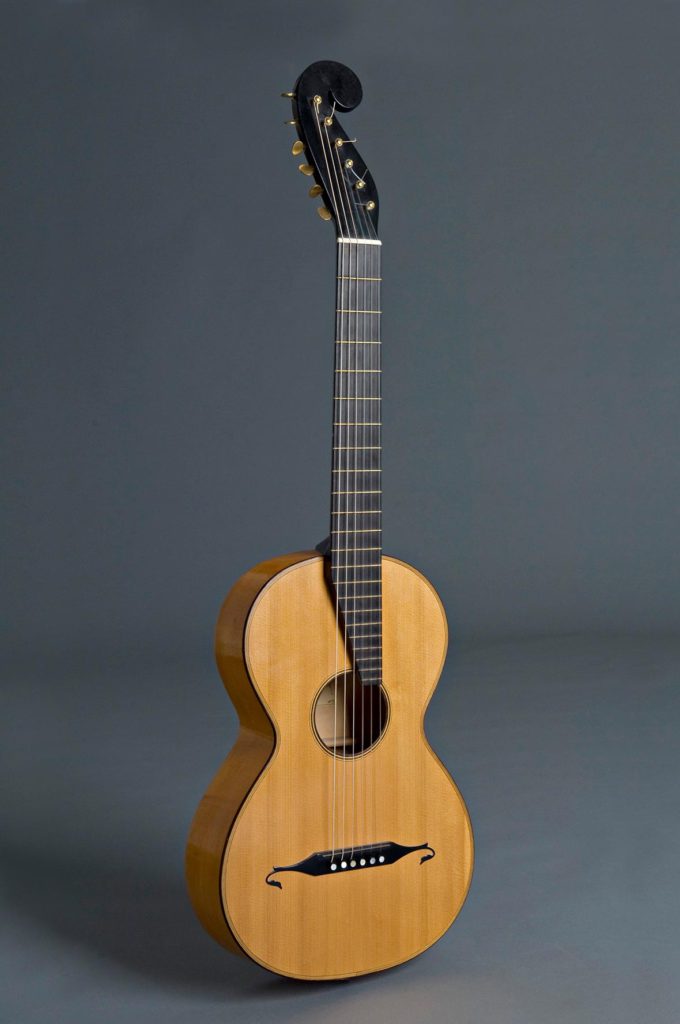
Stauffer guitar 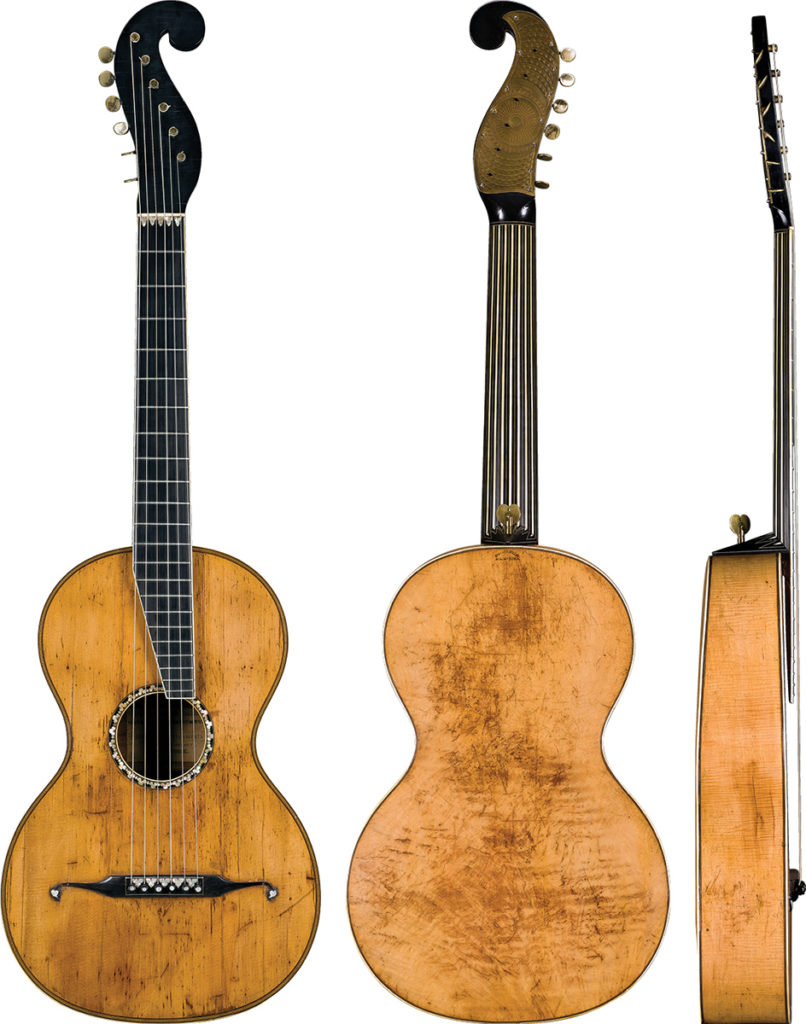
Martin guitar
The next thing I would like to say is about some of the design features of the instrument. They may not have been appropriate for the time. In the 200 years that have passed since that time, the guitar has changed almost beyond recognition. But the guitar was very different back then. And the makers of that time didn’t have the same knowledge and technology as my contemporaries.
The first bottleneck is the frets. I will not go into the details of why the guitar is not perfectly tuned in this article. This is a consequence of “equal-tempered” tuning.
You can read about this on Wikipedia (https://en.wikipedia.org/wiki/Equal_temperament) Some of the faulty tuning of the guitar is not so noticeable when playing with a fingerpick. But it becomes more noticeable when you play with a bow. And musicians with violin and cello backgrounds will notice it right away. Note the Viola da Gamba, the ancestor of the cello. There, the frets are tied and you can move them to achieve a better tuning.
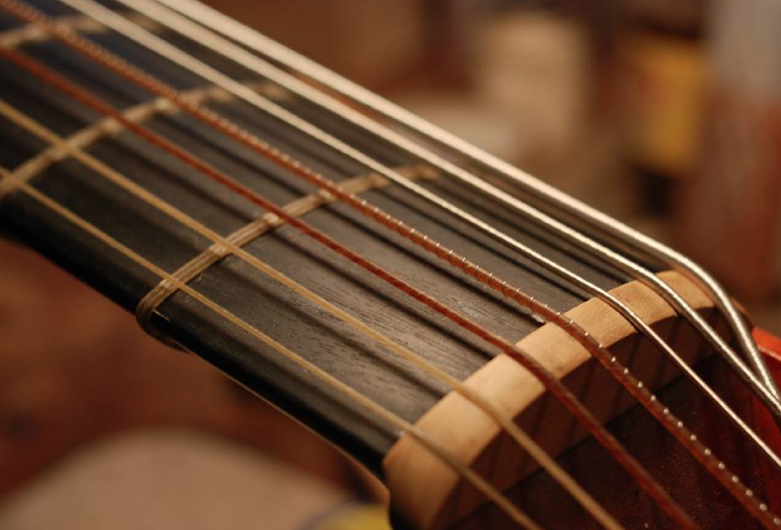
Gut frets and gut strings
Even today, only a handful of factories pay attention to the precise tuning of guitars. In those early days, no one knew about it. By the way, I did some research and developed a calculation of the fret positions that would tune our arpeggione much better. I will tell you about this another time.
It is also worth noting that in those early days, none of the makers polished the frets. At that time, there was simply no polishing compound. The frets had some roughness.
And musicians used wire gut strings. These are very delicate strings. They can rub off even on a well-polished fret. And if you use vibrato, even faster. And the cost of these strings, even these days, is very high compared to a set of guitar strings. They are about 15 to 20 times more expensive!
The cost of a set of gut strings ranges from 200 euros and more. Over several years of experimentation I found a modern type of strings for the arpeggione. These are acoustic guitar strings with a flat wound. Cello strings are very difficult to choose. You would have to buy several sets and it would be even more expensive.

Gut strings 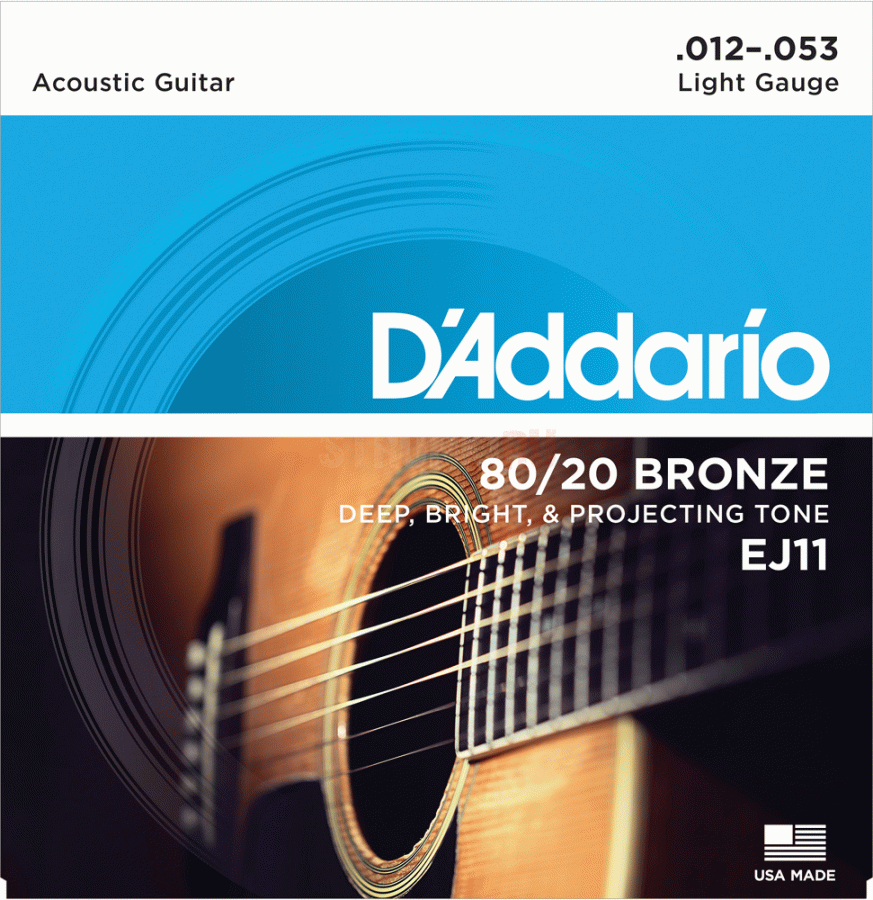
Metal strings
The next stop is the distance between the strings. Not many people know about this. I made my first arpeggione based on historical models. And it turned out that their string spacing is not enough to play comfortably. When you play with a bow on one string, it’s easy to hit the adjacent strings. And that creates a dirty sound.
I had to give up one string on my arpeggione because of this. The fingerboard at the end had to be 1 cm wider. Many of my colleagues are caught by this when they make copies of vintage arpeggiones.
Pegs. Wooden tuners are quite inconvenient for fine tuning. Violinists and cellists take a long time to learn how to tune. It’s a little easier for them because they play a fretless fingerboard and develop an absolute ear. It is easier for them to play accurately by changing where the string is pressed against the fingerboard.
In addition, this pressure point has a hollow shape. In addition to this, stringed musical instruments have a rather slow attack of sound. All of this makes inaccurate tuning less noticeable. The attack of the sound is what creates the impression of sound in our brain.
With fretted musical instruments, the pressure point is small and the attack is fast. That’s why any pitch error is very noticeable.
There were no fine tuning machines in the 19th century. Nowadays, they solve the problem of fine tuning of stringed musical instruments.
Another aspect that influenced the extinction of the arpeggione is the fact that the 19th century was a time of active development of orchestral music. And the cello won that battle against the arpeggione. The arpeggione opens up with a solo performance.
All of the above, and perhaps much more, has led to a delightful musical instrument instrument has fallen into oblivion.
Fortunately, at the beginning of the 21st century, interest in the arpeggione woke up again. This is due to the search for a new sound and an interest in unconventional musical instruments.
With the arpeggione, several different timbres of sound can be extracted with a bow. Even a sound very similar to that of the pan flute. With fingerpicking, you have access to a palette of tones from jazz guitar to banjo. The frets allow you to play precise intervals and chords.



